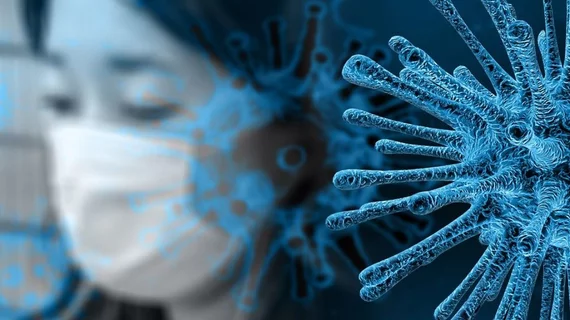How radiology can mitigate anti-Asian bias and xenophobia during the COVID crisis
Reports of xenophobia against Asian Americans have surfaced in recent months, as some attempt to pin blame for the COVID crisis on China, where the virus originally surfaced. Radiology practices must make concerted efforts to mitigate these situations, experts wrote recently.
The Asian Pacific Policy & Planning Council began tracking such incidents in March and received more than 1,100 reports of harassment and physical assault in the first two weeks. In one particular case, an Asian American anesthesia resident in Boston was accosted by a stranger after a shift. “Why are you Chinese people killing everyone?” the man asked Lucy Li, MD, with Massachusetts General Hospital, according to Forbes.
“With this increase in anti-Asian racism in the community, we in the medical field are seeing this sentiment extend to our healthcare personnel and must protect against its happening to our patients,” Christopher Ho, MD, an associate professor in the Department of Radiology and Imaging Sciences at Emory University, in Atlanta, and co-authors from several institutions wrote Oct. 6 in JACR.
Acts of xenophobia and racism are not always overt, the writers noted. Sometimes they come in the form of subtle “microaggressions,” such as asking an Asian American patient, “Where are you from?” rather than querying about travel history. Or, a radiology provider might assume an individual needs a translator, based on his or her name on the intake form.
For practices whose employees may be targeted, Ho and colleagues suggested first considering “both the context and your own safety.” If responding, he urged singling out the behavior itself, rather than the aggressor, and connecting the victim with social support to help process the event.
“Recognizing our positions as physician leaders, we can cultivate an environment of belonging and awareness,” Ho and colleagues advised.
Other interventions might include departmental training sessions on microaggressions, along with teaching techniques for practice employees to intervene as bystanders.
“Stories of racial slurs being thrown at our Asian American healthcare workers, threats of violence and physical assault should not be tolerated at any healthcare facility,” Ho et al. wrote. “All of our healthcare staff members deserve the right to feel safe and protected in their workplaces. We should be united in the fight against COVID-19, rather than letting it divide us.”
Read more of their advice in the Journal of the American College of Radiology here.

